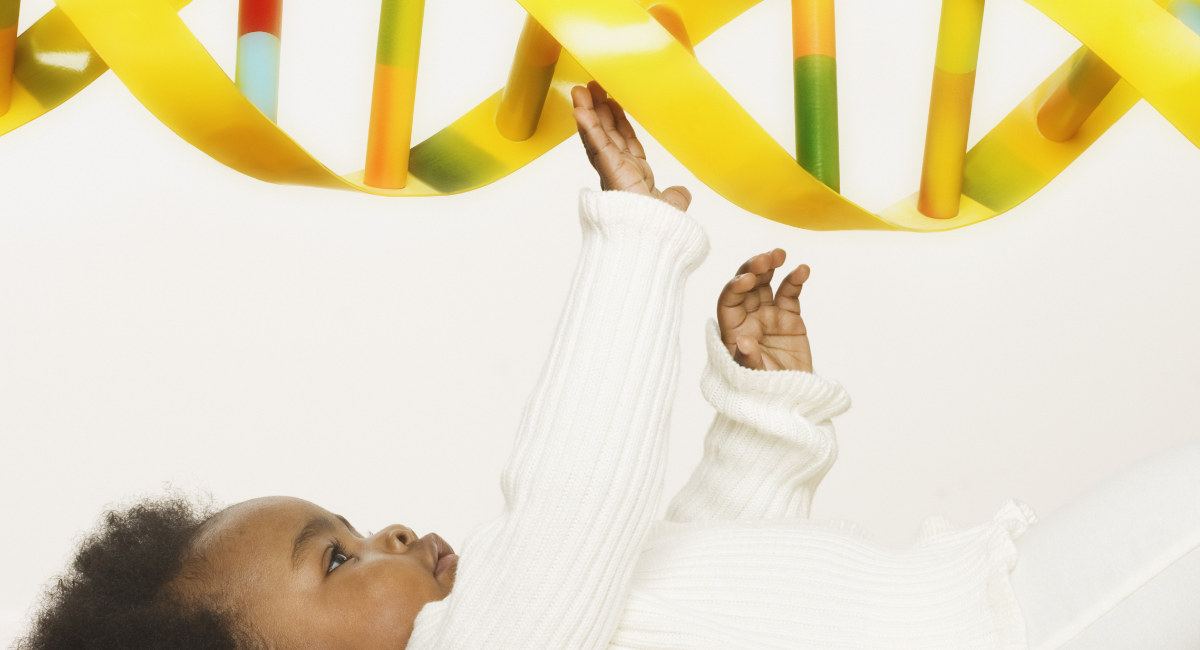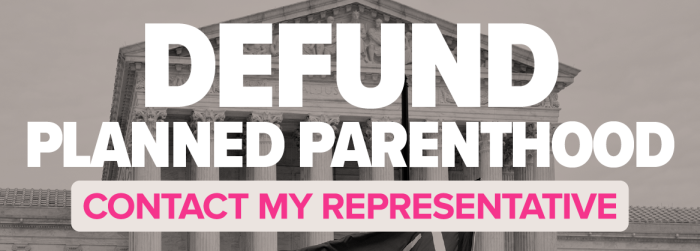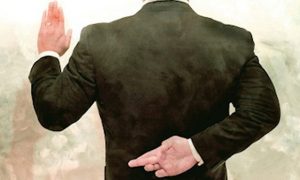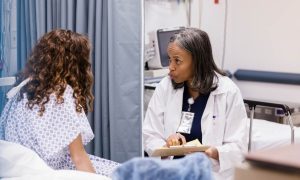In a series for The New York Times, author Anna Louie Sussman examined the dilemma over the treatment of human embryos. She concluded that the ethical debate over the humanity and rights of embryos shows little chance of resolution in the fallout of Dobbs v. Jackson Women’s Health Organization (which overturned Roe v. Wade) and LePage v. Center for Reproductive Medicine, P.C. (in which the Alabama Supreme Court ruled frozen embryos can be considered children under the state’s Wrongful Death Act).
But as the argument rages, millions of human embryos are being destroyed as part of the in vitro fertilization (IVF) process. And as society marches down the path of embryo screening and experimentation with little oversight, it is going to become increasingly difficult to rein in the billion dollar fertility industry, which is moving swiftly toward a eugenic expectation of reproduction.
“What do we owe this cluster of cells?”
Sussman first asks, ‘what do we owe human embryos?’
The consistent answer would be, “We owe them everything we owe to any other innocent child.”
No matter how many times the arguments in favor of IVF, embryonic screening, and embryonic experimentation are twisted to justify their use, there is always the truth: a new human life begins at the moment of fertilization. The only way to believe creating and experimenting on human embryos is ethical is to dehumanize human embryos by denying the scientific fact that they are living human beings. To claim otherwise is discriminatory and leads to eugenic practices.
Sussman shared her personal experience with IVF, during which she created seven embryos, of whom only one was deemed “most likely to develop into a child” — though, of course, all seven embryos were already children, the biological offspring of their parents.
Once the single embryo was transferred to her uterus, Sussman experienced bleeding “and feared that it — whatever it was at that stage — was gone… But it decided to stay….”
This statement highlights that even those who won’t admit human embryos are human beings allow them fleeting moments of humanity. Even while dehumanizing her daughter as an “it,” Sussman spoke as if her child had ability to decide “to stay.” Her daughter was always a ‘she,’ not an ‘it’ — the same person throughout different stages of development, just as she continues to develop now.
Human experimentation
Embryos deemed “leftover” from IVF are sometimes donated to researchers once their parents have given birth to their desired number of children.
The rules surrounding these experiments vary by state. For the most part, 14 days is the furthest along in the embryonic stage of life that experimentation is allowed. Whether or not to extend research beyond 14 days is a question that, if answered with a resounding ‘yes,’ would lead to a further push to continuously extend that timeframe.
“Almost instantly, you have a kind of discourse of the need to revise the limit,” said bioethicist Ben Hurlbut. “Why? In what other domain of life would we say, when it becomes possible to violate a rule, that the rule has to give way to the violation? The 14-day rule has always been slightly arbitrary; a 21- or 28-day rule would be even more so. What, then, would be stopping us from going even further?” New York doesn’t have a cutoff age.
Sussman wrote of a “breakthrough” by Dr. Magdalena Zernicka-Goetz, who learned that “even with no mom in sight, a human embryo is capable of ambling down its developmental path on autopilot, well past the point when it would have normally implanted in the uterus.”
This is a striking admission — it means that the human embryo, when not interrupted, is propelling its own development and is not simply a part of the mother’s body. It is distinct. A human embryo will grow and change as only a living thing can.
She explained that in order to extend the timeframe for experimentation on human embryos, a new legal definition for “embryo” has been proposed — one that would undoubtedly further dehumanize embryos by promoting the false idea that they are only “potential” human beings with the “potential to become a fetus.”
Logically, then, Sussman’s toddler would merely be considered a “potential” adult.
Changing the definition of “embryo” would also serve to usher in the next phase of IVF — which is already a practice of the elite.
Embryo screening and ‘optimization’
Part two of Sussman’s series actually humanizes embryos for a brief moment as she asks, “Should human life be optimized?”
Sussman looks to Noor Siddiqui and her company, Orchid, as an example of the new age of baby making. Siddiqui’s inspiration for founding Orchid was her own mother, who had retinitis pigmentosa, a condition that causes gradual vision loss. Her company screens the DNA of embryos for hundreds of conditions, including retinitis pigmentosa. Preimplantation genetic testing (P.G.T.) is currently used in over half of IVF cycles in the U.S. to test for missing or extra chromosomes, structural chromosomal rearrangements, and conditions like cystic fibrosis or muscular dystrophy. Embryos that test positive are destroyed.
Going even further, some fertility companies have started offering P.G.T.-P. screening for polygenic risk scores — the chance of developing conditions later in life, such as heart disease. The technology has been used to assess adults’ chances of developing certain conditions to help them change their habits in hopes of decreasing that risk. For embryos, however, risk assessment could lead to destruction, even though that elevated risk may not ever translate into a diagnosis.
Though the accuracy and efficacy of P.G.T.-P have been called into question, Siddiqui envisions a future in which it becomes the norm to screen embryos for genetic conditions, as well as autism, obesity, and height, in addition to their propensity to develop other health conditions, both physical and mental.
“Sex is for fun, and embryo screening is for babies,” she said. “It’s going to become insane not to screen for these things.”
But not all fertility doctors are on board. One explained, “We’re not here to create what we think is or what the patient thinks is ideal. We’re here to help them with a medical condition which is infertility.”
Others wonder what will happen if couples select an embryo to be “tall, beautiful and smart and they’re short, squat, thick and a little dull?”
As Live Action president Lila Rose said in her Letter to the Editor regarding the series, “Polygenic embryo screening, especially if used to select for traits like intelligence, height or emotional temperament, crosses an ethical line that should never be blurred. It revives the dehumanizing logic that some lives are more valuable than others and treats human lives as disposable.”
Are embryos human beings or property?
In the finale to her series, Sussman asked, “Are embryos property? Human life? Neither?”
She mentioned three couples who all had frozen embryos stored at the Center for Reproductive Medicine in Alabama when a patient gained access to the storage room, picked up the vials, and subsequently dropped them in reaction to the cold. The embryos were all destroyed, leading to the Alabama Supreme Court decision that frozen embryos could be considered “extrauterine children” under the state’s Wrongful Death of a Minor Act.
The decision sent the fertility industry into a tailspin, with some clinics shutting down out of fear.
As a result, Ani Saakyan decided to destroy the six embryos she had stored at the time.
“We weren’t sure if we were going to have any more kids, but I destroyed them because I was just so petrified. I felt a surprise at my sadness because I know that they’re not people — that the embryos are not the same as my living, breathing children,” she said. “Sometimes I do think about them. I know there are people out there who would call me a murderer, but it’s about taking control of a situation when control is being taken from us.”
‘Property or person?’ is an emerging question in court proceedings as couples must determine the fate of their frozen offspring amid their divorce. It’s become such chaos that judges are turning to slavery language. Judge Richard Gardiner reasoned during a recent embryo custody battle that “as there is no prohibition on the sale of human embryos, they may be valued and sold and thus may be considered ‘goods or chattels.'”
This is where the debate over the humanity of an entire group of human beings — human embryos — has brought us. Just as it was never ethical to use race as a means to discriminate, it is unethical to use anything such as age, consciousness, location, etc. as a means to discriminate against human beings.
The debate would end today with the acceptance that human embryos are human beings. How to treat them should not be left up to politicians, to a vote, or to a judge.
As human beings, embryos are owed their inherent right to life and their freedom to live.








